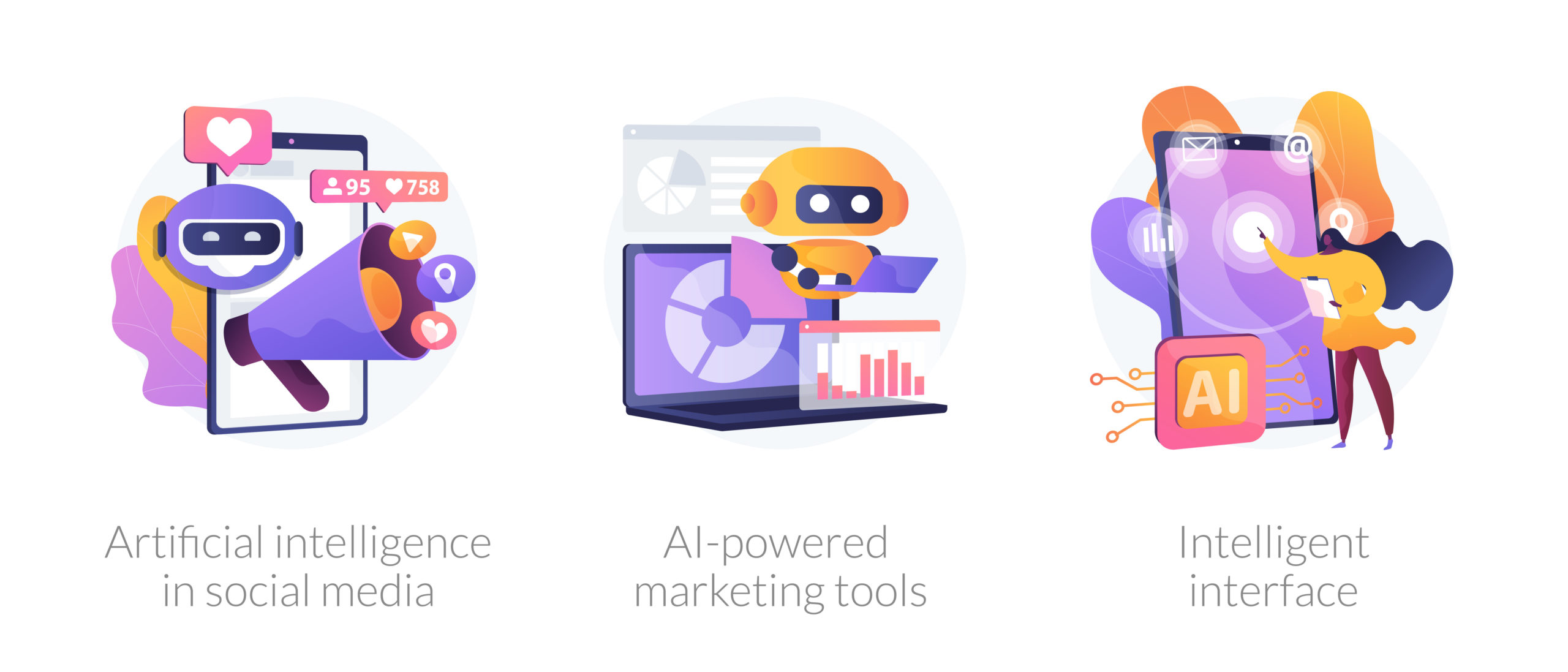
Alexa, I am Iron Man
As a big fan of Marvel movies, Tony Stark, aka Iron Man and the Iron Man series, is by far my favorite. Tony is cool, smart, rich, and gets to drive lavish cars. Unlike Thor, he is not a God but a regular guy; and he doesn’t even have superhuman powers like the Hulk or Captain America. Tony has an imaginative mind which has empowered him to create the Iron Man armor and his personal Artificial Intelligence named Jarvis. As impressive and shiny as the armor is, Jarvis is by far one of the most fascinating of Tony’s inventions when thinking about what’s possible in the real world. Even when Tony Stark is not in his Iron Man suit, Jarvis is still available through some sort of device (e.g., earpiece, cell phone, glasses, etc.).
Although I am no Tony Stark, and I do not fight criminals, terrorists, or threats from outer space, I am a Dad of two young daughters, ages one and three. In my world, Jarvis is known as Alexa, Hey Google, and Siri. I often feel just a bit like Tony when my hands are full with two toddlers, and I need technological assistance.
What is AI Artificial Intelligence
Artificial Intelligence or AI is when computers and machines mimic the problem-solving and decision-making capabilities of the human mind. Although it’s very complex, AI has become easier to explain, understand and foresee practical uses in everyday life.

How do I use AI in my personal life?
Here are some examples of how AI is used everyday:
- Any Voice-to-Text (Natural Language Processing – NLP) tools
- Spell checkers like Grammarly
- Smart Personal Assistants such as Alexa, Hey Google, Siri, Bixby, Corona
- Facebook (Meta) Auto-Tagging Pictures
- Conversational marketing bot
- Uber/Lift dynamic pricing
The Customer Experience
Many retailers are leveraging Artificial Intelligence to increase the customer experience by making tool consistently available to their customers. As a consumer, I enjoy the tools that retailers put in their customer-facing applications. But if I pull my phone out in your store the competition for my wallet has increased significantly. The slightest instinct could divert my attention to another website, or a targeted ad could make me rethink where I wish to spend my money. Call me old school, but there is no better shopping experience than being helped by a great store associate. Something about interacting with another human being feels more substantial than clicking a few buttons.
When in-store associates come to work, they should have technology/tools that allow them to better serve their customers. If store associates came to work feeling like a superhero, imagine how your customers will feel after they’ve left.
AI In The Online Marketplace
eCommerce has also placed intense pressure on brick & mortar retailers to innovate or die. This is one of the main reasons why retailers have been deploying technology in-store as one of many ways to stay competitive. Today, many store associates carry mobile devices fitted with the tools they need to effectively execute their daily tasks. Setting this as a workplace precedent will empower employees to serve customers better.
- Targeted Ads create a more immersive and personalized experience, giving consumers instant access to the goods and services they need/desire.
- Accessibility: Ordering online is extremely convenient, and now some stores such as Amazon provide next-day delivery, making the choice between going to the store or ordering online easy for customers who don’t or can’t leave the house. This has put pressure on businesses that can’t afford to deliver items to their customers or can’t ship them nearly as fast as the competition.
- Pricing: Many customers prefer to wait a few days for shipping if it means saving a few dollars. The reality is that many online stores can ship goods to a customer cheaper than it would cost to buy in the store. For consumers in the suburbs, the drive to the store may not even be worth the couple extra bucks they could save online. Additionally, in some cities the prices of goods are significantly higher than what is available online, making ordering items a better option.

Where AI Transforms Retail Associates To Superheroes:
AI has the potential to drastically alter the shopping landscape for organizations who are willing to adapt. Retailers may have a hard time matching the power of the Iron Man suit, but below are three ways retailers can deploy AI features to boost customer engagement and make associates feel like a superhero.
Spidey-Sense - Computer Vision & Mobile Devices
Spidey-Sense is Peter Parker’s (aka Spiderman) ability to sense and react to danger before it happens. Combining computer vision and mobile devices can enhance the senses and the reflexes of in-store associates.
Retailers can deploy computer vision to high-consideration areas where assistance from an associate is required. Many of the cameras deployed in-store today have AI-powered computer vision capabilities baked in. This technology will identify customers who are in high-consideration areas. Once identified a notification can be sent to in-store associate devices with an image or live feed of the area. Finally, the associate can claim the customer and notify team members that this issue is taken care of, reducing the time a customer spends waiting for help.
Thor’s Hammer - AI Enabled Quick Authentication
Mjölnir is the hammer of the thunder god Thor in Norse mythology. Only those who are worthy of the hammer’s power can wield Mjölnir or even lift the weapon. An in-store associate’s mobile device can feel just as important, and many have a similar personal connection with their devices. Leveraging Artificial Intelligence to power (re)authentication can reduce the time that is usually wasted on authenticating across multiple applications, recovering lost passwords, and removing non-secure password workarounds.
In our experience, this simple focus on authentication can:
- Reduce an organization’s potential exposure due to a security breach.
- Increase the efficiency of an in-store associate
- Provide a return on investment year over a year almost equivalent to the cost of the mobile device. More information can be found in our article on Mobile Workforce Devices.

Iron Man’s Jarvis - Enterprise Assistance & Cobots
“Just Another Rather Very Intelligent System” was originally Tony Stark’s natural-language user interface computer system, named after Edwin Jarvis, the butler who worked for his father Howard Stark. The mobile devices that in-store associates have the ability to provide a similar natural-language interface similar to Jarvis. Theatro is a great example of a very simple device that allows an in-store associate to communicate with team members, look up product information, and broadcast messages to the store powered by the associate’s voice.
Many manufacturing and warehouse/distribution companies are warming up to the idea of Cobots. A Cobot (collaborative robot) is a robot intended for direct human interaction within a shared workspace. It focuses on removing tasks from in-store associates, like cleaning the floors and managing shelf layouts. Cobots could also assist an in-store associate with picking items for buy online pick-up in-store (BOPIS) orders or re-stocking. Having workplace Cobots relieves employees of tasks that may have been consuming a lot of their time. Making more pressing matters the top priority.
In some store environments, associates spend a lot of time preparing a store for sales, price changes, and seasonal offers by changing pricing labels and updating display posters. AI-powered Electronic Shelf Labels (ESLs) and digital displays can dynamically change prices, display offers, and highlight current promotions. Relieving workers of the arduous process of manually changing in-store displays.
Key Takeaways
For retailers looking to gain a competitive edge by leveraging AI and their in-store associates, the following 3 points would be my key take-aways to think about:
- Don’t be afraid to experiment – Too many retailers do not experiment because they are afraid of a bad customer experience, and critical feedback from in-store.. However, these are all opportunities to learn, grow and progress as an organization. Especially if your company is racing against the eCommerce market, there is little time to get stuck in old patterns as keeping physical locations in business has become harder and harder. Running proof-of-concepts or pilots is a muscle that organizations must exercise being slightly uncomfortable is important to finding success. If not, innovation will be harder to come by and deploy. If you do not feel comfortable innovating as a retailer…then bless your heart.
- Build trust internally with small wins – Although your organization may not be afraid to experiment, if your organization’s in-store associates do not trust the technology and your team delivering that technology, then it is a waste of time. It is important to remember to build trust with small wins. Every organization is fighting for the same customers and the priority of their wallets. This is not easy; mistakes and poor experiences will happen. Technology iteration takes work and patience. There will be times when a feature does not have the positive impact that was planned. But dealing with a small mistake sandwiched between several small wins is much easier to build success upon.
- Using technology to remove technical hurdles – Think of ways to leverage technology to remove technology from the shopping experience. This sounds counterintuitive, but stick with me. As an in-store associate, my time is spent completing tasks and/or being available to customers. Are there tasks that AI can assist or completely remove from the in-store associate so more time can be spent attending to the needs of customers?
In Conclusion
Artificial Intelligence is all around us, and many retailers are leveraging the technology every day throughout their respective organizations. For brick & mortar retailers, their physical location(s) and in-store associate(s) will always be their differentiators. I look forward to the day that in-store associates have the opportunity and tools to be a superhero to all of their customers.
